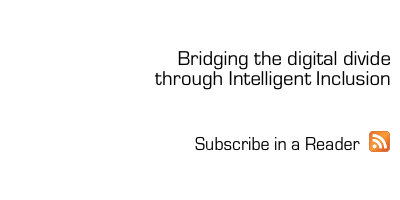Mankind’s evolution is closely tied to the language development, in various shapes and forms. Nowadays, over 7.000 languages are spoken globally, but the majority will disappear in the next centuries. So, how can we preserve this immense culture?
Looking at our past, we have seen the importance of the Rosetta Stone. The Egyptians documented centuries of knowledge and culture with remarkable craftsmanship, but the hieroglyphs were impossible to understand. The Rosetta Stone was the missing piece, linking ancient Egyptian hieroglyphs, demotic scripts and ancient Greek. For the first time, modern archeologists could understand the inscriptions left on temples and monuments. Documenting written and oral languages is the first step on preserving a culture.
I was surprised to see that one of the largest efforts to preserve our legacy was not led by governmental entities, but instead came from Google. They have launched, with a series of top quality organizations, the Google Endangered Language Project, aiming at the preservation of our heritage.
Societies evolved differently globally, heavily influenced by the local environmental conditions, contacts with other groups, religious aspects and other countless factors. That gave birth to the richness that we see today: Indians still living in the same conditions as centuries ago in the Amazon rainforest; Italians with distinct dialects; aboriginals in Australia. Large countries like USA and Brazil have strong regional influences: language, food, music. In China that is much more accentuated, just see the differences between Mandarin and Cantonese as an example. Some languages are spoken by as few as 4.000 people, like Koro in Northeast India.
Technology works in our benefit here. As I mentioned before, technology reached a cost level that is no longer a significant issue. Computers are deployed in schools, and lower income areas of countries have adapted to allow a shared use of computers and internet: cyber-cafes, or lan houses as they are locally known. Kids and teenagers are using this infrastructure extensively, uploading millions of images per day, videos and texts.
Examples in Brazil are widespread: Youtube is the main place to store videos with local music, played by single artists or small bands; regional folklore, with typical music and dance. From rock to Brazilian Country music, from Samba to Bossa Nova, everything is stored. And thankfully, once it is on the web, it stays forever.
What is striking in Google’s approach is that they are doing it in a well structured way. They are teaching how to set up a proper language documentation project, providing an indexed place to store the videos and relevant documents. I have participated in knowledge documentation projects, and I know how painful is to create structures for easy retrieval of data.
Efforts like this are a strong argument supporting the reduction of the digital divide: connecting people enables a wider influx of content to the Internet, thus a better chance of keeping our cultures live for the next centuries. We need to provide also the proper tools with the connectivity, and I will discuss more about this in a future post.
And you, what do you think?
Cheers,
Caetano Notari


{ 0 comments… add one now }
You must log in to post a comment.